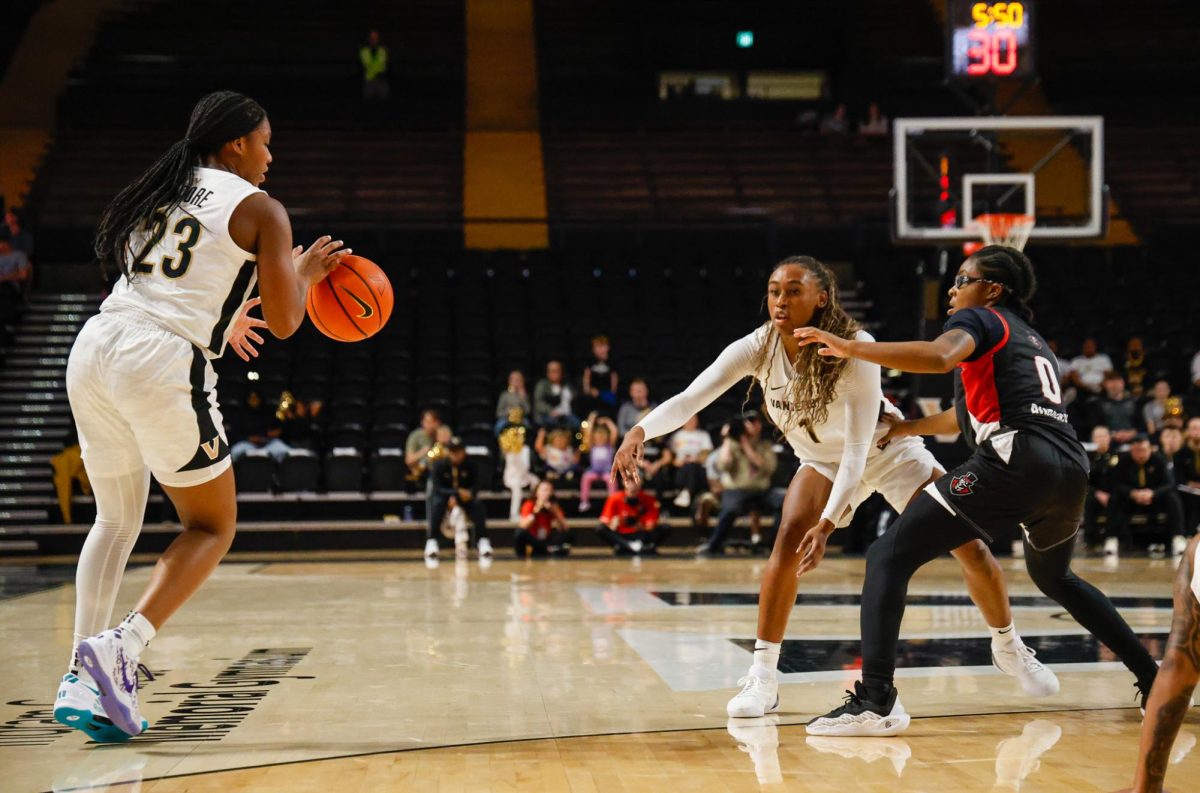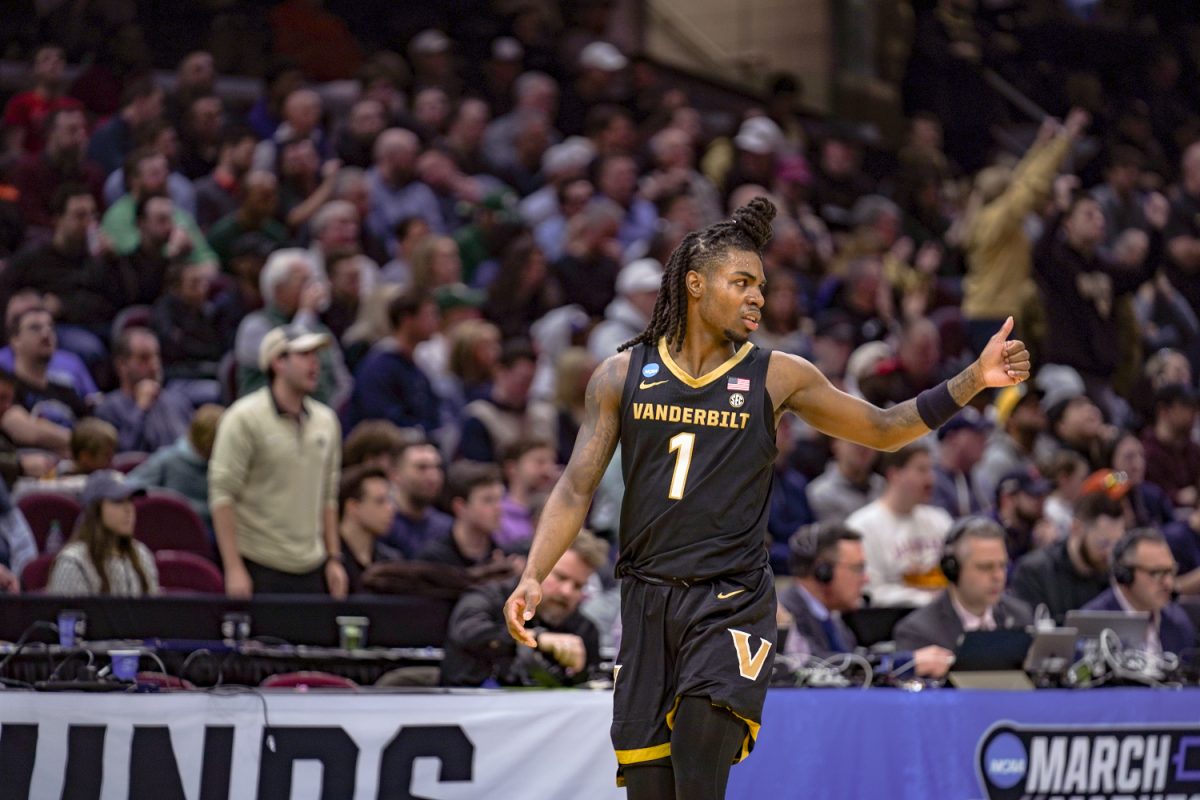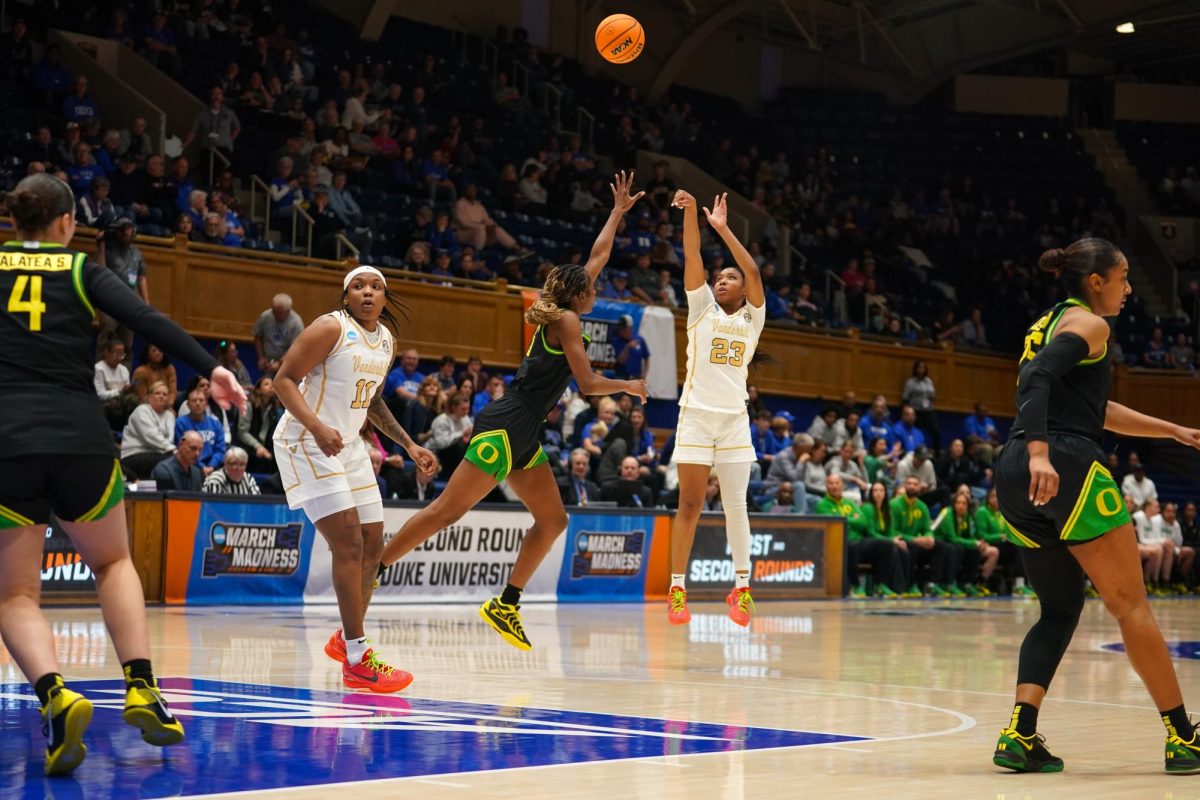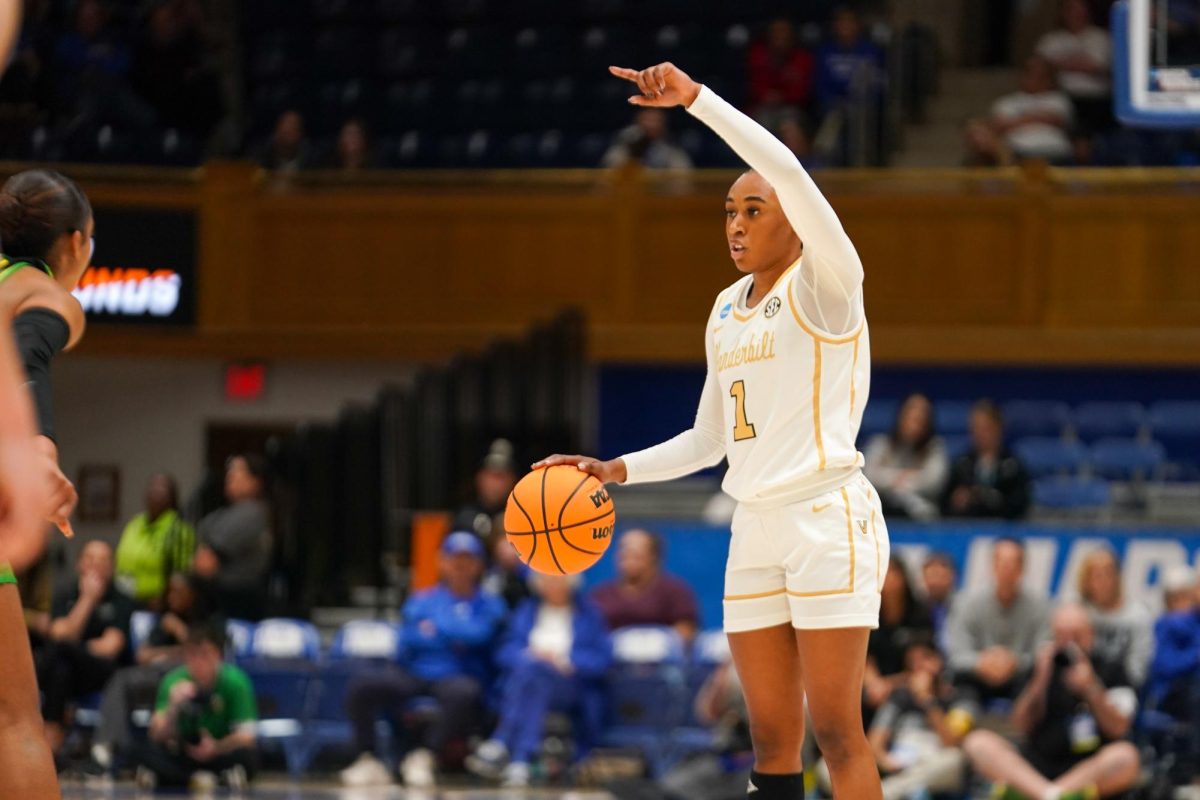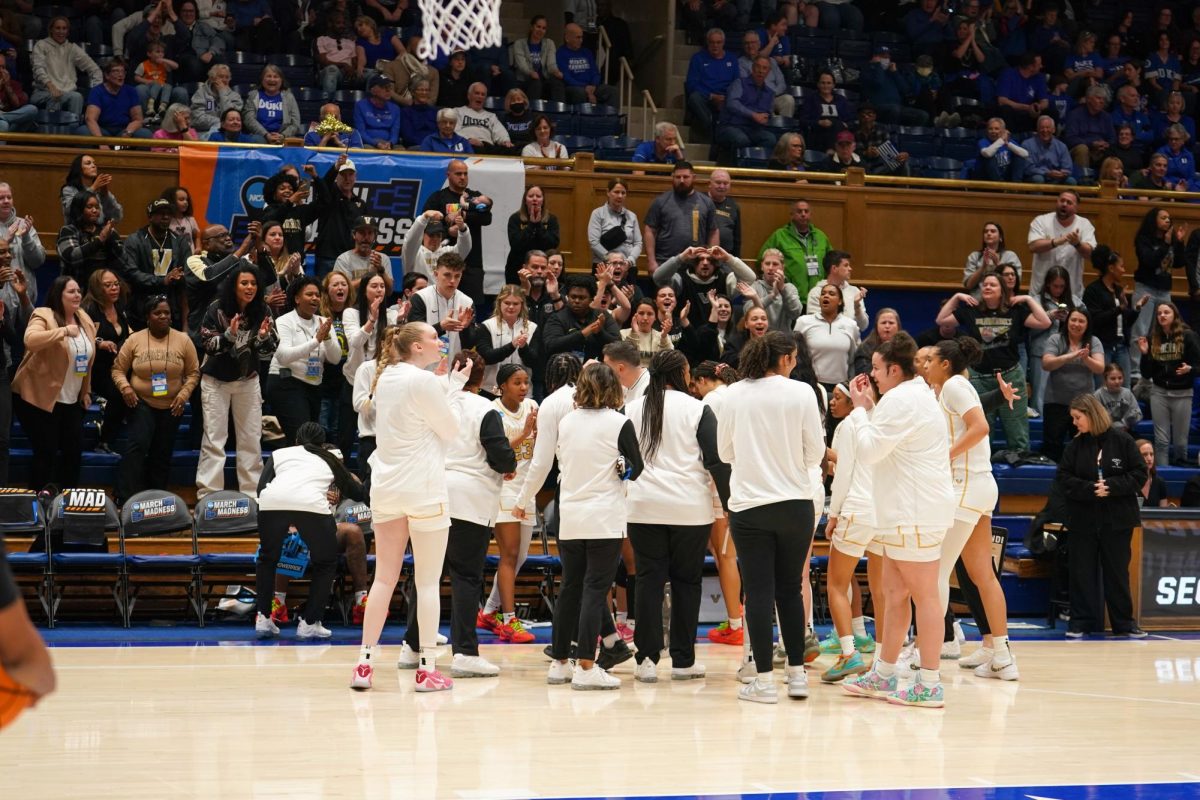Vanderbilt Women’s Basketball came into this season with perhaps the highest expectations it has experienced in decades. After its first NCAA Tournament appearance since 2013 last season, another bid to the Big Dance did not seem out of reach in 2025. The school’s administration felt so strongly about the team’s position that it extended head coach Shea Ralph’s contract. Ralph’s team has only impressed this season, going 13-1 in nonconference play while currently holding a 6-8 conference record.
Since our last Memorial Minutes, Vanderbilt has stumbled, losing two top-25 matchups against No. 16 Oklahoma and No. 6 South Carolina. In those two contests, the Commodores were defeated by 48 combined points, the largest two-game margin of loss all season.
Despite this, the Commodores are still solidly in the NCAA Tournament, with the latest bracketology from ESPN placing them at the eight-seed on Notre Dame’s side of the bracket. To feel safe in its tournament chances and carry momentum into the postseason, however, Vanderbilt will want to get back in the win column. With opportunities on the horizon in a home contest against a Texas A&M team that has yet to win on the road and a game against Missouri who currently has a three-game losing streak, the ‘Dores have a chance to fall on the right side of the bubble for an at-large bid.
With all that said, let’s take a look at what’s going right for the Commodores and what stands to improve as they head into the final stretch of conference play and the postseason.
Dark horse
Vanderbilt could be the biggest dark-horse contender in the tournament.
If the Commodores defeat Missouri and Texas A&M, they will finish with an 8-8 conference record and compete in the SEC tournament as an eight or nine-seed. Not including a likely win in the SEC Tournament, those two victories would put the ‘Dores in the postseason.
A .500 SEC record would likely put the Commodores in the NCAA Tournament as a seven or eight-seed. While this would mean a contest against a one-seed in the Round of 32, Vanderbilt has shown throughout the season that it can hang with some of the best teams in the nation. It nearly pulled off a road upset over LSU in January, falling to the Tigers 83-77. Additionally — although the score doesn’t necessarily reflect competitiveness — Vanderbilt was step-and-step with Oklahoma and South Carolina for the majority of those games, with the ‘Dores trailing by just 6 and 10 points at halftime in those contests, respectively.
It also helps that Ralph’s team boasts not only the best first-year in the nation in Mikayla Blakes but perhaps the best duo in the nation in Blakes and Khamil Pierre. Both of Blakes’ 50-plus point performances came on the road in conference play, and Pierre averages 15.7 points per game away from home.
Ralph is confident that her team can not only compete with but defeat the best teams in the nation.
“Even at our worst, we were still there,” Ralph said on Feb. 23 following the South Carolina game.
When Vanderbilt is playing its best basketball, no team or win is beyond its reach. Vanderbilt is primed to swoop into the tournament and make a statement, even as a high seed.
The blue behind the team
One of the most obvious things that Vanderbilt lacked last season was some real blue-collar players who were not afraid of playing defense. Ralph said that was why she brought in graduate transfers Leilani Kapinus and Jane Nwaba during the offseason.
“When [Nwaba and Kapinus] came here, they told me the thing they wanted to do most was win,” Ralph said on Oct. 31. “They’re willing to do whatever it takes for us to win. I cannot tell you how much we needed that.”
The two transfers have complimented the blue-collar mentality of Jordyn Oliver, an overlooked facilitator on the team. Together, the trio is averaging 6.1 assists and 4.1 steals per game.
Perhaps the best example of this was against Auburn, when Kapinus turned a blocked shot over to Blakes for a bucket that sent the game into overtime.
At times, other players on the team could stand to take a page out of Kapinus, Nwaba and Oliver’s books. Vanderbilt’s defense could be even better if more players adopted this hustle mentality. A strengthened mentality of doing the small things right, not from just a handful of players but across the board, would make this Vanderbilt team a serious problem in March.
Mismatch
Almost all season the Commodore faithful have lamented about the size mismatch of its men’s basketball team, but I think this issue needs a little attention on the women’s side, too. Oliver is often left guarding the opposing team’s power forward, creating an extreme mismatch on defense. Oliver, standing at 5’10, is almost helpless against the bigger power forwards of the SEC, especially the most skilled ones. While this has been a problem all season, it has become strikingly apparent over the past two contests.
Take, for example, the game against South Carolina, when Oliver was matched up against Joyce Edwards (6’3). The first-year dominated Oliver, scoring 17 points and 12 putbacks off the bench. This happened again in Oklahoma when Oliver was guarding Reagan Beers. Beers — who stands at 6’4 — scored a career-high 30 points, getting almost anything she wanted for the full 40 minutes.
Aiyana Mitchell (6’5) has logged some minutes off the bench and allows Pierre to take over Oliver’s mark, thus decreasing the mismatch. However, a downside of having Mitchell on the floor is that the Commodores lose Oliver’s distribution capabilities, and the offense often suffers as a result.
This is not necessarily an issue that can be fixed instantaneously — and will likely have to be solved through the return of Sacha Washington or the addition of height from elsewhere. Still, the reality is that this weakness is glaring on film. There is no doubt that teams will exploit the Oliver mismatch in the NCAA Tournament.
Vanderbilt will look to get back in the win column when it hosts Texas A&M at Memorial Gymnasium on Feb. 27 at 6:30 p.m. CST.






